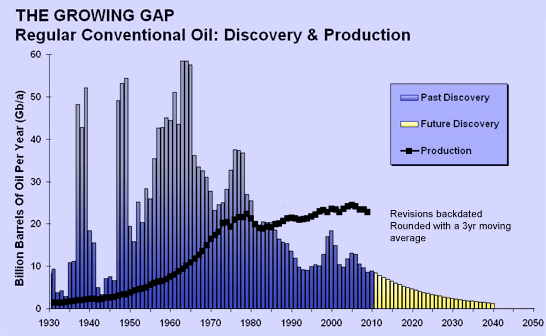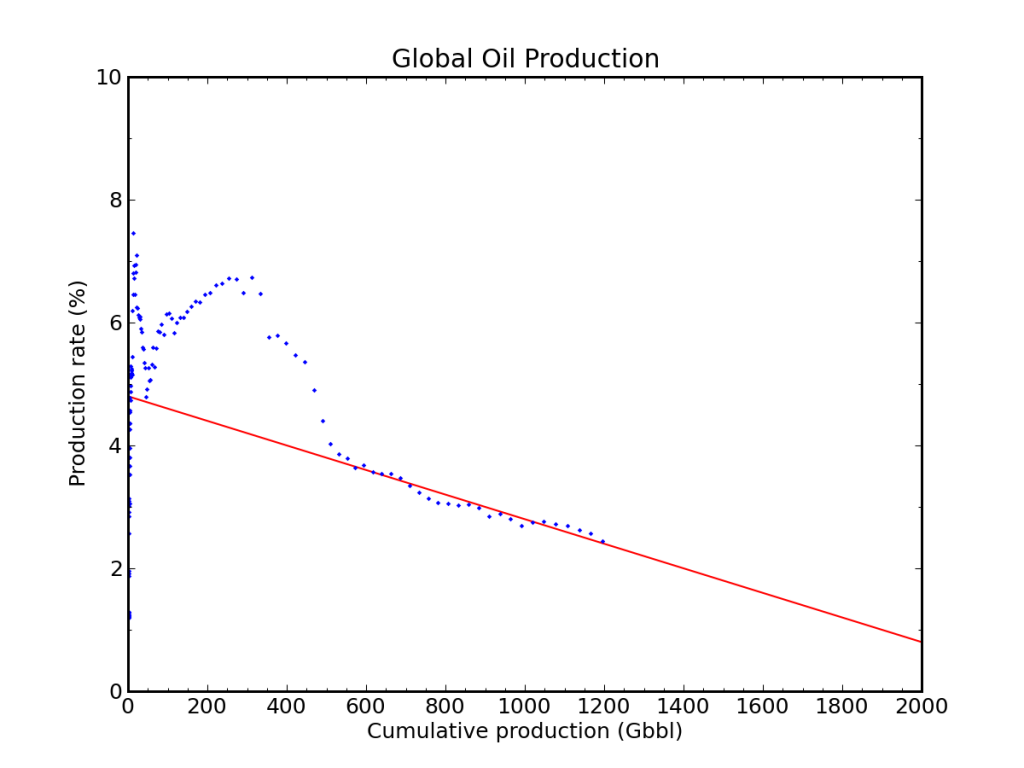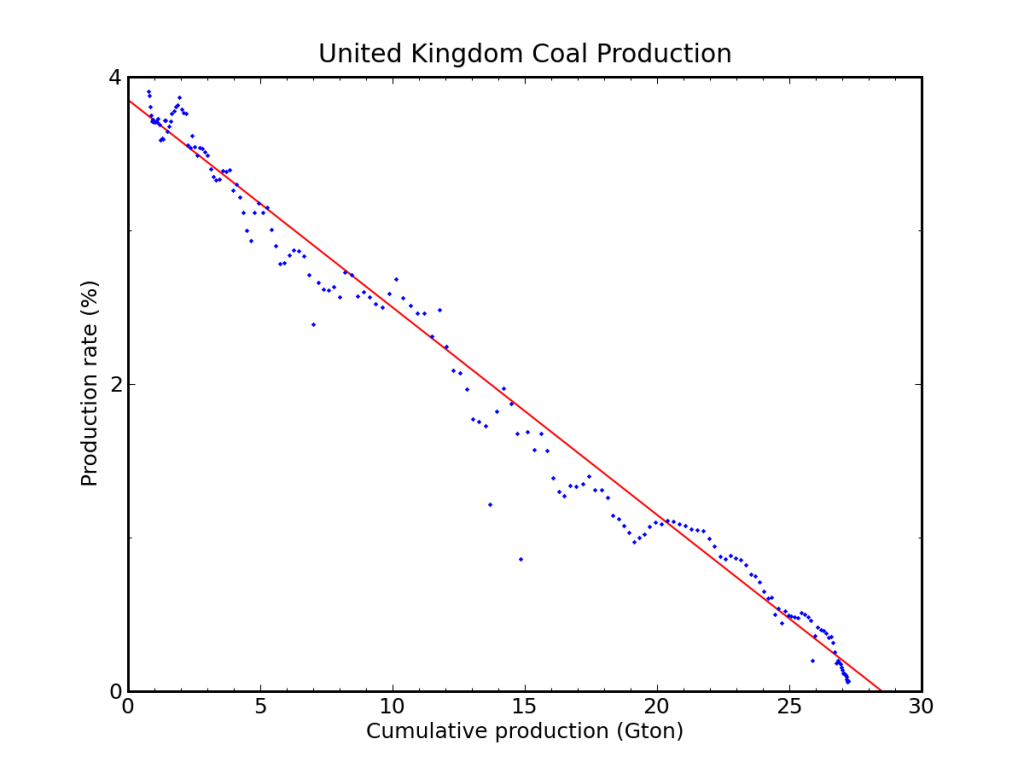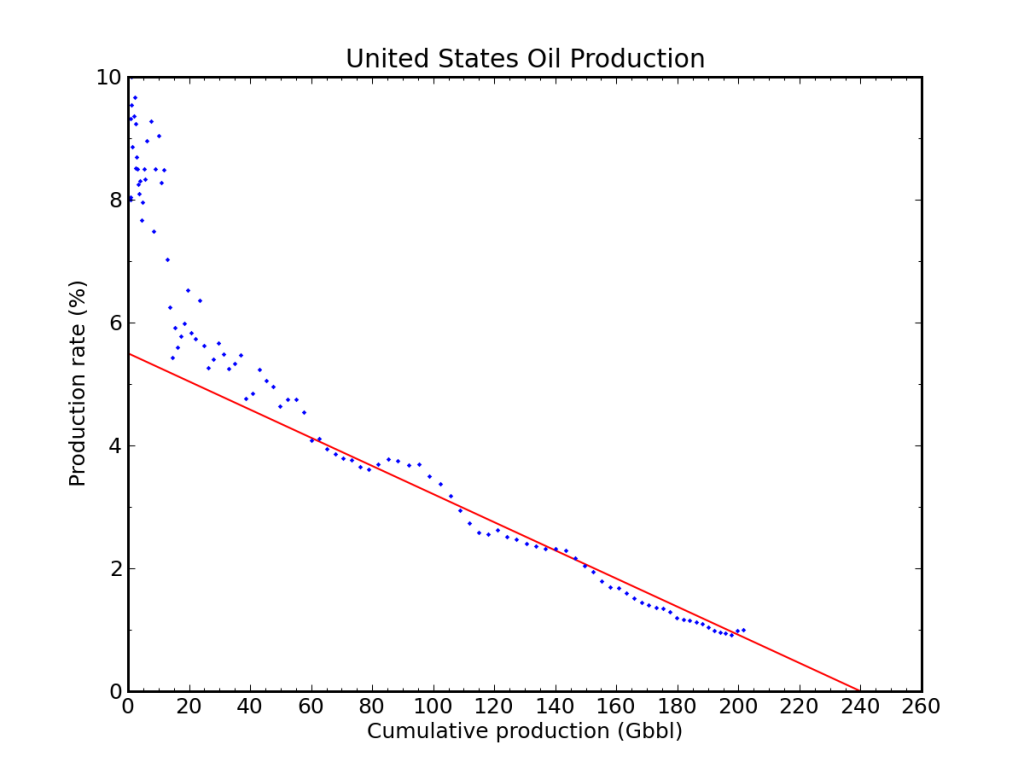rockdoc, I'm going to ask for a broad generalization, which I'm sure you don't like to do but I'm gonna ask anyway. Is it typical to have different oil bearing zones stacked like this? And are these different zones from different eras of oil formation or different rock types that trapped the same oil?
very typical. Think of the oil and gas source rock as a "kitchen area" where the kerogen is cooked up and the generation of high fluid pressures results in migration away to a source. The migration pathway can be quite complex both along permeable potential reservoirs as well as vertical fractures. As a consequence in many areas oil from one source rock can make its way into a number of horizons of various ages. As an example in the Western Canada Sedimentary basin Devonian source rocks are responsible not just for the accumulations in Devonian reefs (very prolific) but might also be largely responsible for the oil sands deposits. Structural traps which may have high vertical closure have the potential for numerous accumulations. In the Sudan, as an example, Heglig and Unity fields in Southern Sudan have stacked accumulations in numerous sandstones of Early Cretaceous, Late Cretaceous as well as Tertiary age. Another example would be in the Canadian overthrust belt where fields such as Turner Valley that produced from Mississippian carbonates also have production from shallower zones of Jurassic and Cretaceous age. Lots of examples that I can think of. It can be complicated when you have several potential source rocks that are all in the kitchen area which could result in stacked pay coming from different source rocks.
In the case of shale reservoirs there has been no migration, the shale forms both the source, reservoir and seal. But what you can often see is that hydrocarbons have migrated from that source rock to areas nearby. It is possible to have zones of conventional pay immediately above (the example in the Eagle ford), in the middle of (the Middle member in the Bakken) and sometimes well above the shale that acts as self-sourcing. One of the plays quite popular right now in Western Canada is the Devonian Ireton Fm shales. Those shales are a target in of themselves but they are also responsible for large accumulations of hydrocarbons in Devonian reefs and potentially Cretaceous sandstones. Not far above the Ireton is a second unconventional target in the Jurassic Nordegg FM where tight carbonates sit among the very rich Nordegg black shales.
Given that the shales are actually world class source rocks it is inevitable that there will be conventional pools or other unconventional pools associated with them. A similar case in point might be the Austin Chalk which sits above the Eagle ford shales. The Austin chalk is unconventional inasmuch as chalks tend not to flow without fractures being present given they have high porosity (good storage capacity) but extremely low matrix permeability. The Austin Chalk is likely largely sourced from the Eagle ford shales (although there are some other thin shales with the chalk itself).








